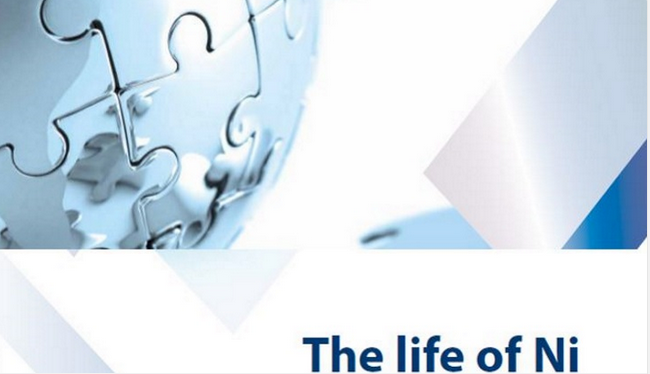Recent data has indicated that, while in the European Union the prevalence of nickel allergies is decreasing, in North America it continues to rise slowly but steadily. What differentiates the two regions is that, while in Europe legislation restricting nickel release from articles intended to come into direct and prolonged contact with the skin and in post assemblies has been enforceable for more than 15 years, in North America no such restrictions on nickel use exist.
Concerned by this situation, in June 2016 the Nickel Institute facilitated in Chicago a workshop on Nickel Allergic Contact Dermatitis (NACD) in North America, to consider the measures required to reduce its prevalence and incidence. CIBJO was invited to provide the perspective the jewellery industry.
The Nickel Institute is a global association of the world’s primary nickel producers, who together account for approximately 85 percent of worldwide annual nickel production outside China. Its mission is to promote and support the use of nickel in appropriate applications.
CIBJO was represented in Chicago by Marion Wilson, from the Assay Office Birmingham in the United Kingdom, who has worked closely with the nickel specialists in the Assay Office’s testing facility, the AnchorCert Analytical Laboratory.
AnchorCert Analytical is globally respected for its expertise in the field of precious metals testing, and specifically recognised for its knowledge with regards to nickel testing. It has encouraged the U.K. trade to comply with the nickel legislation since its inception in 2000. It is the only laboratory in the world to offer a quick nickel release testing, reducing the reporting time from 10 days to just five working days.
The event in Chicago gathered leading U.S. dermatologists, scientists, metallurgists, downstream users of nickel, industry representatives and regulatory experts. The ultimate goal was to prevent nickel sensitisation in the population and the occurrence of nickel allergic contact dermatitis in those already sensitised. A number of paths forward were identified.

Marion Wilson, from the Assay Office Birmingham in the United Kingdom, who represented CIBJO at the Nickel Allergic Contact Dermatitis workshop in Chicago, addressing the event.
Ms. Wilson delivered a presentation outlining lessons learned from the European experience. She encouraged North America to develop a clear, straightforward approach and to engage with the industry from the outset.
“We have learned a huge amount about nickel release and compliance and I was very happy to share our experiences with the Americans on behalf of CIBJO,” she said. “The number of changes to the legislation and related standards to assess compliance as well as the controversial ‘No Decision’ status for borderline results have been obstacles to understanding and enforcement, and it is really important that the Americans use the benefits of our experience to create a workable system whether it be voluntary or mandatory.”
Dr. Katherine Heim, the nickel allergy specialist at the Nickel Producers Environmental Research Association (NiPERA), who organised the event said: “The workshop in Chicago was the first time that such a broad range of experts on different aspects of nickel and nickel allergy have met in North America to focus on how we can together combat this allergy. It is important that physicians, parents and patients are equipped with the accurate information they need to reduce the risk of nickel allergy, especially in children.”
“The nickel industry wants nickel to be used appropriately and we welcome the constructive dialogue from participants at the workshop. We look forward to working with downstream users of nickel as well as clinicians to share our knowledge of the essential nature of nickel and the best way to use it to avoid risk of nickel sensitisation,” Dr. Heim stated.

‘We look forward to working with downstream users of nickel as well as clinicians to share our knowledge of the essential nature of nickel and the best way to use it to avoid risk of nickel sensitisation,’ said Dr. Katherine Heim, the nickel allergy specialist at the Nickel Producers Environmental Research Association (NiPERA), who organised the workshop in Chicago.

